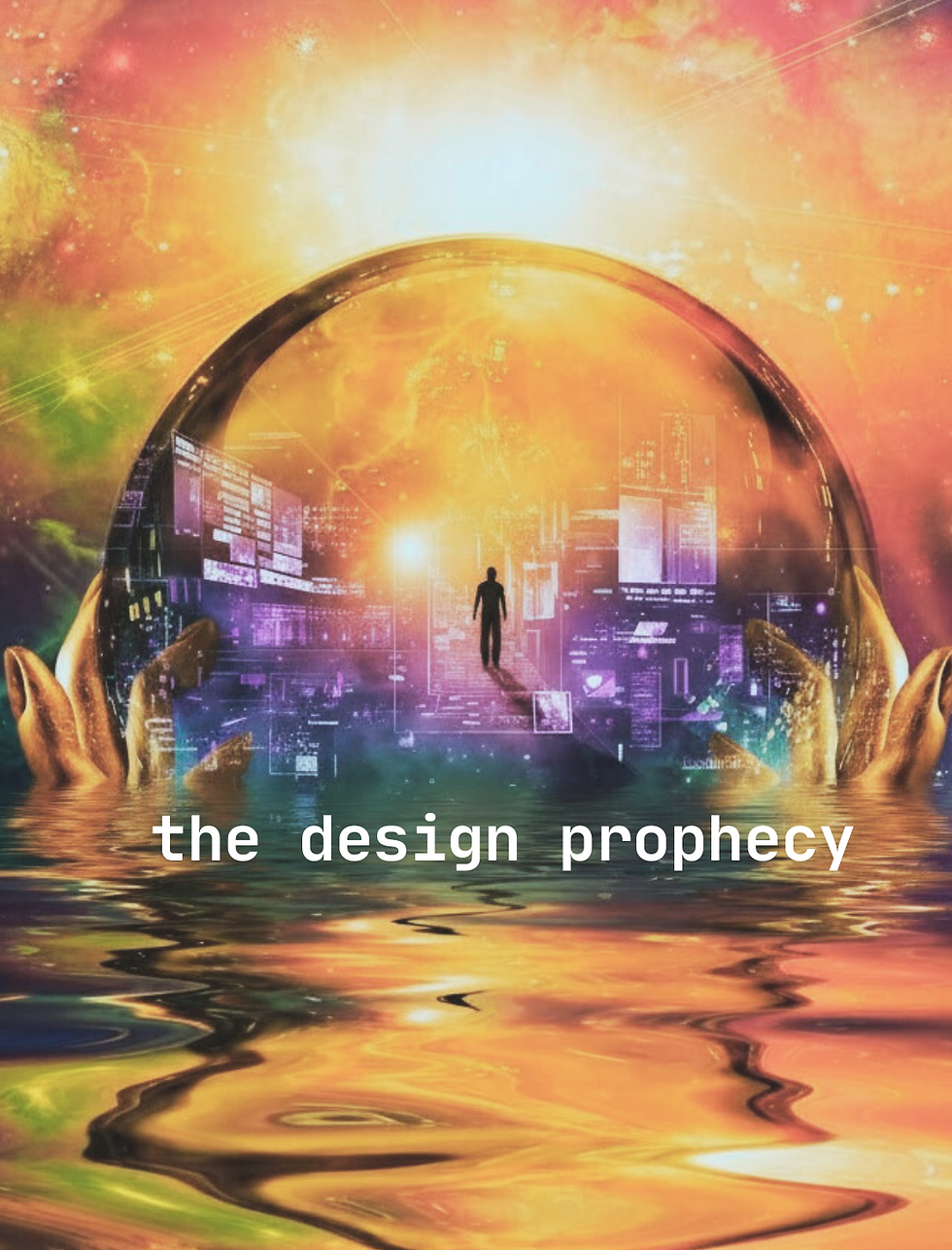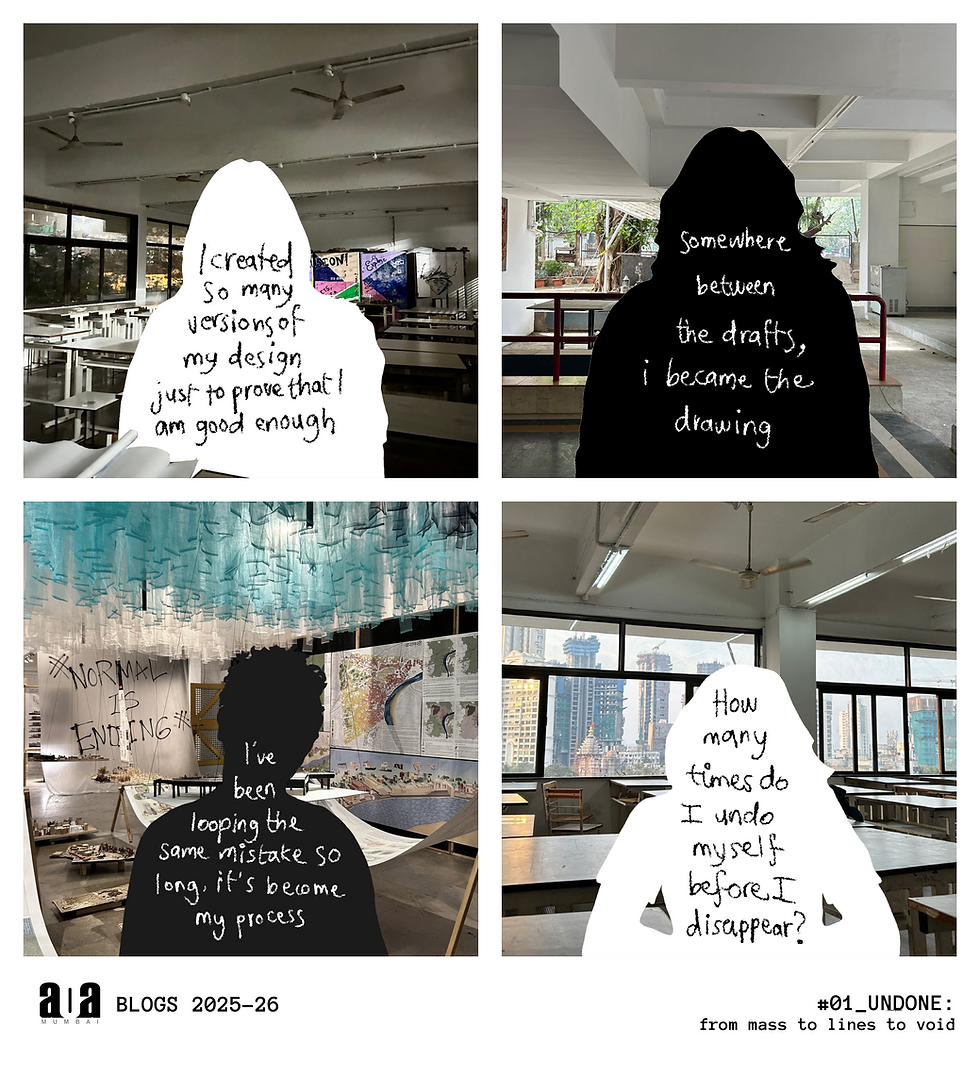Suprematism
- Khushi Pednekar
- Oct 8, 2022
- 3 min read
Born of pre-existing art movements like Cubism & Futurism and credited to be influenced by the play ‘Victory over the Sun', Suprematism finds its roots in Russia with avant-garde artists. It is considered to be the first of its attempts to have independently found a Russian art movement.
The word Suprematism is derived from the latin word supremus which refers to domination or superiority in native Polish. The costumes and sets of the aforementioned futuristic opera were designed by Kazimir Malevich, the ‘inventor’ of the movement. Use of the word inventor becomes imperative here as Malevich believed Suprematism to be liberated from the preconceived notions of life and art; following an austere pattern laced with non-objectivity of any form. The idea revolved around invoking purely artistic feelings and straying from natural depiction and storytelling as literally and pictorially as possible.
To speak of paintings, the most fundamental abstract art is broken down into rectangles, circles and lines in a limited range of colors.
In the artwork ‘
Soccer Player in the Fourth Dimension’ by Malevitch, he puts distorted shapes against a monochrome background which gives gravity defying characteristics to the space imagined.
Even though expressing Suprematism through architecture seemed challenging, Lazar Khidekel, one of the students of Malevich, was successful in translating this abstract style of art into architecture. He developed futuristic structures seeking the values of a utopian society. The evolution of this artistic expression into architecture was seen through his artworks which emulated a lively character through its unreal depiction of form. This style helped him come up with an interesting town planning concept called the ‘Aero-city’, causing exposure to the idea of vertical zoning of the spaces. This town planning experiment helped in shaping the cities as seen today.
“I was very fascinated by abstraction and how it really could lead to abstracting plans, moving away from certain dogmas about what architecture is.”
-Zaha Hadid
Another artwork done by the old master, Zaha Hadid verifies the four characterized principles of suprematism: abstraction, distortion, fragmentation and the absence of gravity. Her illustrated career was backed by such creative underpinnings. In the above case, she makes a redressal of urbans capes that are not restricted to design or gravitational constraints. Recognizing the traditions of public meetings in the square, Hadid introduced public podium and tall buildings with public terraces, whose height corresponded with the different landmarks in the city. More importantly, use of simple shapes of rectangles and lines can be seen, distorted to form quadrilaterals that brings together the image of a city, thus qualifies to be influenced by Suprematism.
Many of such works by Hadid, especially those representing her masterplans involved hard angles jutting across the satellite view of a city. Such views helped her imagine the essence of her design against the backdrop of the existing. For instance in one of her paintings, ‘The Peak’, she envisaged her design to be an interlude from the congestion in the city of Hongkong thus manifesting the idea of an artificial mountain. This leaves us with the curiosity of whether the possibility of design sensitivity is rooted in the imagination of the design in its true context or against and within the sounds of the city.
More importantly, the art movements in the due context of age becomes credible pre-design explorations linking art and architecture at times.
-Written By Editorial Team
References

.png)










Comments